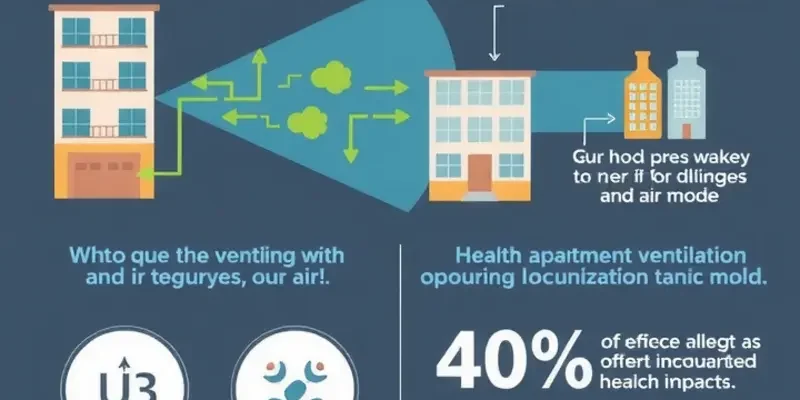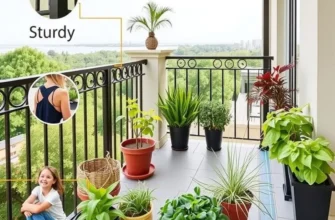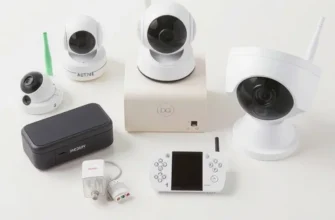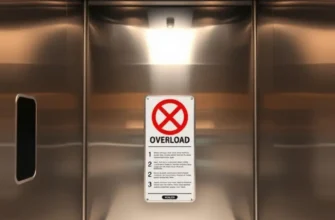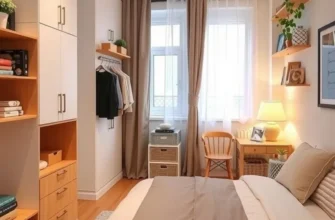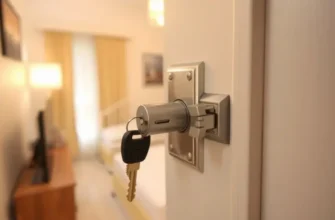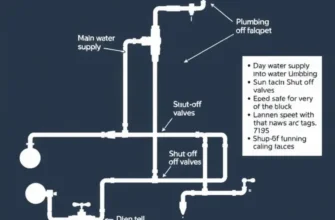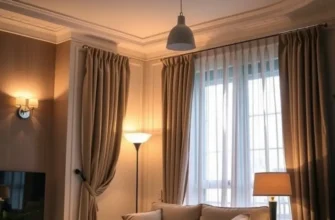Ventilation is crucial for maintaining a healthy living environment in your apartment. Poor air circulation can lead to increased humidity, mold growth, and allergies, making it essential for renters to prioritize this aspect of their homes. In many instances, there’s room for improvement in ventilation systems within rental properties, especially since these are designed primarily for efficiency rather than optimal airflow. This article will discuss practical, hassle-free ways for renters across the U.S. to enhance their apartment ventilation while keeping safety and security at the forefront. With simple tips and solutions, not only can you improve air quality and reduce allergens, but also create a more pleasant, comfortable living space. From using existing features to adopting new habits and solutions, every renter has the ability to take charge of their living environment.
Understanding Air Quality: The Risks of Poor Ventilation
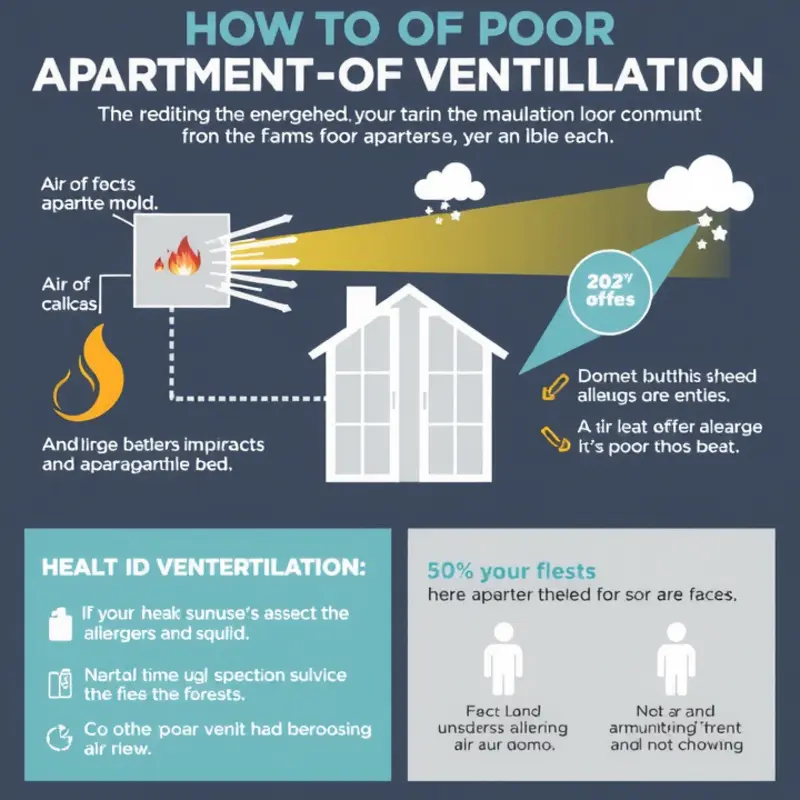
When considering apartment living, air quality might not be the first concern that comes to mind, yet it plays a crucial role. Poor ventilation poses multiple health risks and discomfort, which can negatively affect daily living. Understanding the significance of adequate airflow and recognizing the perils of substandard ventilation can empower renters to make informed decisions.
One primary risk associated with poor ventilation is the accumulation of pollutants. Indoor pollutants include volatile organic compounds (VOCs), mold spores, and even radon—an invisible gas that is the second leading cause of lung cancer. Houses can trap these pollutants without sufficient ventilation, enhancing exposure risks. Detecting radon, for instance, can be a challenge, but understanding its presence and effects is crucial. One might explore how to address apartment radon safety to mitigate potential dangers.
Additionally, lack of airflow can lead to increased humidity levels indoors, creating an ideal environment for mold growth. Mold can trigger allergic reactions, asthma attacks, and other respiratory problems. Those sensitive or allergic to mold may experience heightened symptoms, contributing to an unhealthy living environment.
Inadequate ventilation also impacts comfort levels, as it often causes interior spaces to become stuffy and uncomfortable. This can be particularly problematic during extreme weather conditions, where stale indoors air leads to unmanageable temperatures. This discomfort can have subtle yet noticeable effects on mental health and productivity.
Fortunately, there are several strategies tenants can employ to improve air quality in apartments. Regularly opening windows, if permissible, can be an effective natural solution. Utilizing exhaust fans in kitchens and bathrooms can help to expel moisture and odors, while portable air purifiers can aid in reducing airborne contaminants.
Renters might also consider rearranging furniture or removing blockages from vents to enhance airflow within their apartments. Understanding that the layout and interior design can influence ventilation and air circulation significantly impacts one’s approach to tackling these challenges.
Moreover, it’s essential for renters to communicate with landlords about any persistent issues related to ventilation. Landlords can address structural solutions, such as installing additional vents or maintaining existing HVAC systems, to improve the apartment’s overall air quality.
Ultimately, awareness of the risks tied to poor ventilation empowers tenants. By knowing the potential dangers and taking proactive steps, they can ensure a safe, comfortable, and healthy living environment conducive to well-being and peace of mind.
Simple Ventilation Strategies for Renters
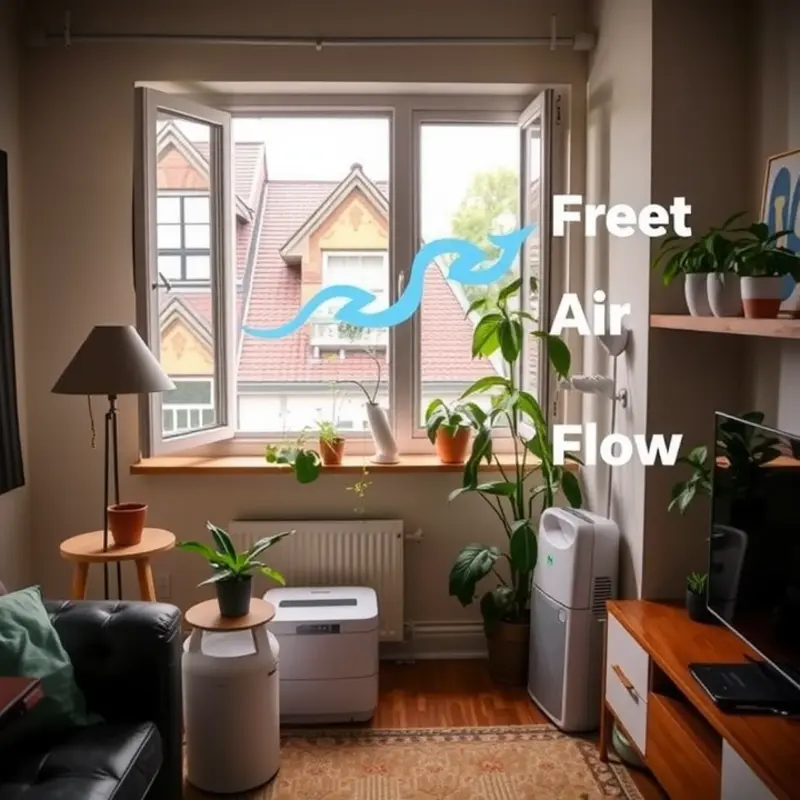
Improving ventilation in an apartment doesn’t always require costly redesigns or permission from your landlord. Here, we explore practical strategies that are renter-friendly and effective.
Maximize Window Usage
One of the most straightforward methods to enhance ventilation is by utilizing windows strategically. Keep windows open whenever possible to allow fresh air to circulate. If privacy allows, cracking windows open on opposite sides can create a cross-breeze, which speeds up air exchange. For apartments lacking sufficient windows, opening a bathroom or kitchen window during and after activities that generate moisture or odors, like cooking or showering, can make a significant difference.
Portable Fans and Air Circulation
Consider using portable fans as a flexible ventilation solution. Fans help circulate air even when windows and doors are closed. Position a fan near a window to either draw in fresh air or push stale air out. Oscillating fans can distribute this airflow more evenly throughout a room, enhancing the overall ventilation and comfort.
Use Exhaust Fans Promptly
Many apartments are equipped with exhaust fans in the kitchen and bathroom. Make sure to use them correctly to maximize their efficacy. Turn on exhaust fans before starting activities like cooking or taking a hot shower, and leave them running for several minutes afterward. This reduces moisture build-up and minimizes odors, contributing to better indoor air quality.
Strategic Furniture Placement
Furniture can obstruct airflow if not arranged with care. Ensure that vents are not blocked and that there is space for air to circulate freely around the room. Lighter pieces that can be easily moved or rearranged offer more flexibility to adapt your space for optimal air distribution.
Houseplants for Natural Filtration
Houseplants not only add aesthetic value but also improve air quality by reducing pollutants. Species like spider plants, peace lilies, and snake plants are known for their air purification properties. Place them strategically around your apartment to benefit from their natural filtration capabilities. For more information on organizing small living spaces that accommodate additional air-freshening elements, consider reading more about apartment organization baskets.
DIY Air Filters
Air filters are another practical option to enhance indoor air quality. DIY portable air filters can be made by attaching a high-efficiency air filter to a box fan. This setup can actively remove particulates from the air, an excellent solution for renters who cannot install permanent systems.
Implementing these simple ventilation strategies can significantly improve the quality and comfort of your rental home. Without involving structural changes or costly installations, renters can enjoy fresher, cleaner air and a healthier living environment.
Final words
Improving ventilation in your apartment is a highly accessible and necessary task for maintaining not only comfort but also a safe living environment. With the strategies discussed, renters can easily mitigate the risks associated with poor air quality and enhance their day-to-day lives. Prioritizing your health and well-being within your rental space is crucial, and taking even small steps towards better ventilation can yield significant benefits. Don’t hesitate to experiment with various techniques and find what works best for your unique living situation, ensuring a breathable and pleasant home ambiance.

